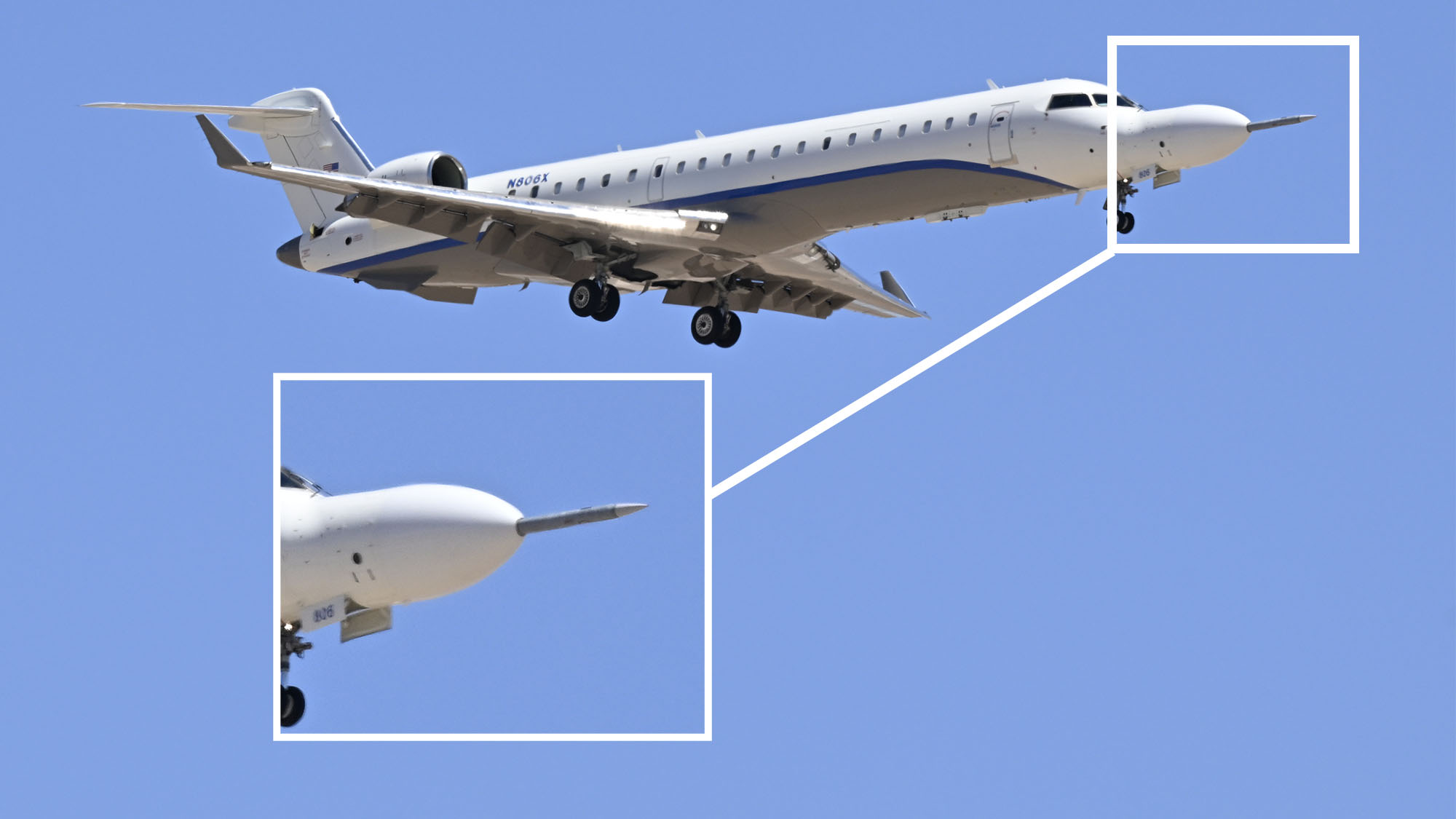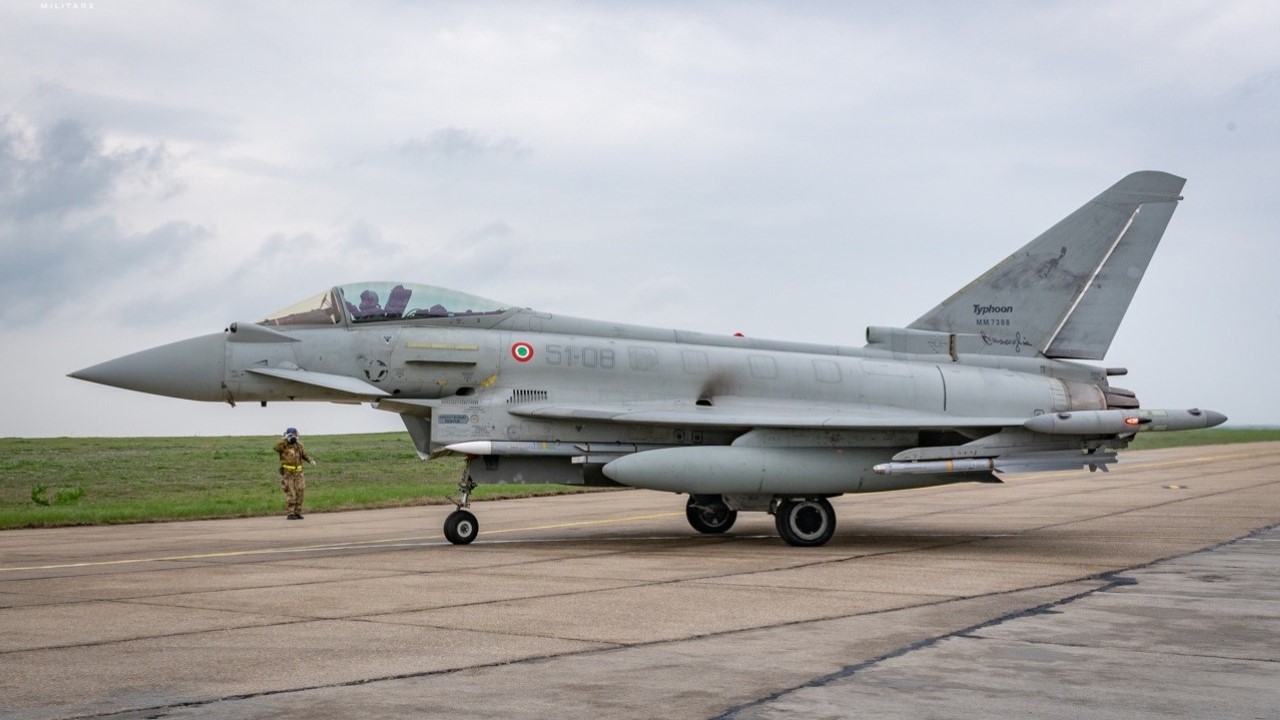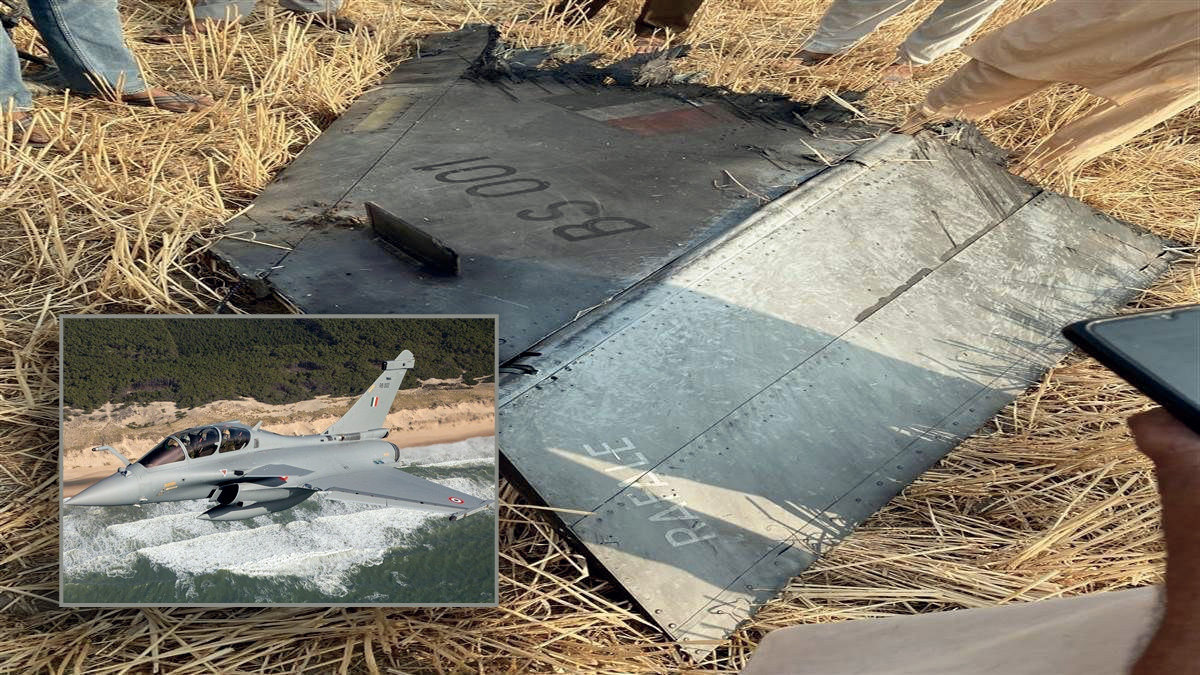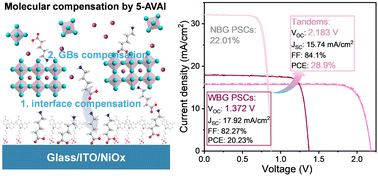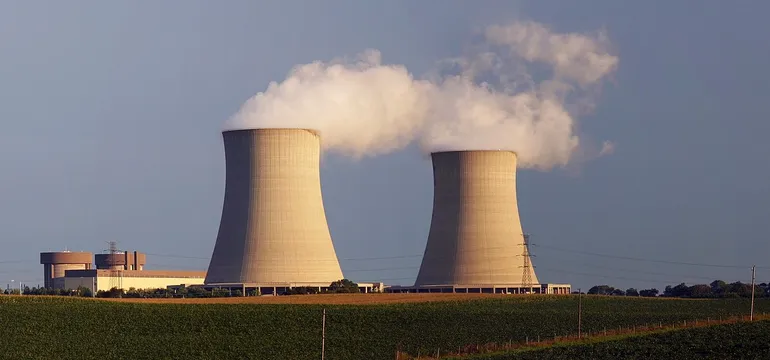Harder, faster, smarter: Pentagon special ops official on SOF of ‘tomorrow’
Speaking at SOF Week, the head of DoD’s Special Operations and Low-Intensity Conflict office said there’s no time for endless tech briefing slides, for example.


Originals from 10th Special Forces Group (Airborne) jump from an MH-60 during helocasting in Key West, Florida, April 22, 2025. (U.S. Army photo by Spc. Chris Sanger)
SOF WEEK — Tomorrow’s special operations forces must be prepared to operate in tougher environments, further from help, with the absolute latest in cutting edge tech if the US “expects to prevail in future conflicts,” according to the Pentagon’s senior-most special operations official.
“Tomorrow’s SOF teams must be able to seize initiatives, dilemmas, and deliver strategic effects, whether operating from a partner base, submerged platform or a contested urban battle space,” Colby Jenkins, the official performing the duties of the Assistant Secretary of Defense for Special Operations and Low-Intensity Conflict (SO/LIC), told the audience at SOF Week here in Tampa today.
“They must be enabled by design and capable of benefitting from integration of autonomous systems, artificial intelligence, cyber and electronic warfare capabilities directly into the tactical formations to generate mass effects, both kinetic and non-kinetic,” he said.
FULL COVERAGE: SOF WEEK 2025
All that adds up to a force that’s capable of operating “faster, dispersing further, striking harder, and surviving longer than any adversary [who] expects to prevail in a future conflict.”
“The goal is clear: a special operations force that can dominate the battlefields and competition and conflict across the 21st century. The future of SOF is relentless — smaller teams, faster decisions, smarter systems, harder targets,” he said.
RELATED: US special ops official lays out ‘strategic’ reason for Israel to better protect civilians
When it comes to the where, Jenkins said SOF will work in “denied and destructive, disruptive environments, where access to communications and air superiority cannot be guaranteed.” Specifically, he said there was a requirement already to “expand” capabilities in the Artic and underwater environments — areas where “our competitors seek to operate uncontested.”
But perhaps his sharpest warning was about the speedy adoption of technology in the field.
“Advantage does not go to the side with the most technology but to the side that applies it first, fastest and with the greatest operational effect,” he said. “We must drive innovation with purpose, laser focused on building the capabilities that allow our forces to impose costs, create dilemmas and deny advantages, advantages to our adversaries.”
To do so, he said, SOF cannot wait patiently for the next leap in tech.
“Development must be faster and smarter. We are not interested in technology or briefing slides or prototype demonstrations. We are focused on building real capabilities that create real operational options for real world missions and real-world environments,” he said.
Jenkins said this all is a necessary framing to envision SOF’s future in a post-Global War on Terror world.
“While we will always maintain the gold standard in crisis response, we are shifting away from static formations optimized for counterterrorism and crisis response and toward adaptable, capable, multi-domain SOF formations,” he said.
Later, he emphasized, “Our charge is clear. Invest, experiment and deliver capabilities that allow small teams to punch above their weight, creating effects far beyond their size, and giving strategic leaders more and better options to shape outcomes.”





































































































